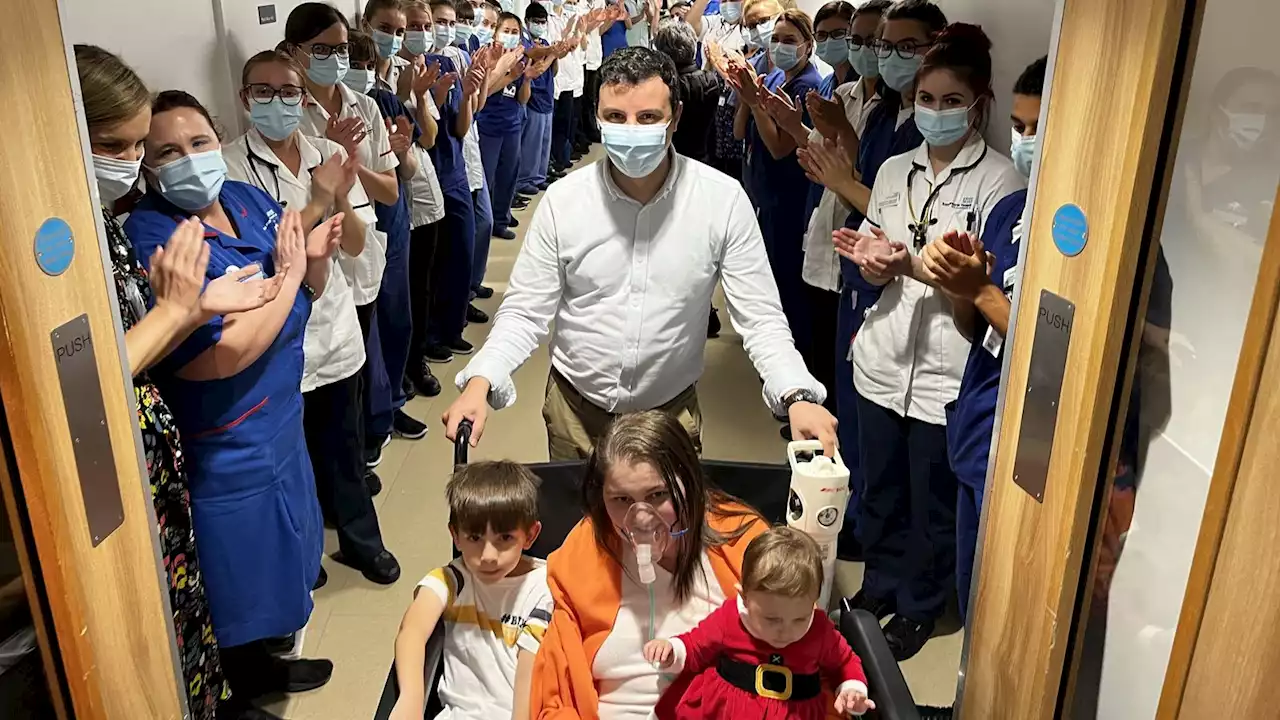Intermediate levels of indoor relative humidity shown to improve COVID-19 outcomes globally RSocPublishing mit_hst COVID19 SARSCoV2 Humidity
By Neha MathurNov 18 2022Reviewed by Aimee Molineux In a recent study published in the Journal of the Royal Society, researchers found that indoor relative humidity modulates the severity of coronavirus disease 2019 outbreaks, and intermediate RHs between 40 to 60% are robustly associated with better COVID-19 outcomes.
About the study In the present study, researchers hypothesized that indoor RH might have been partially responsible for the observed regional heterogeneity in global COVID-19 outcomes. They proposed that indoor, not outdoor, environment is more relevant or closely correlated with COVID-19 spread and severity.
Study findings Related StoriesThe researchers used a rigorously processed extensive global dataset of COVID-19 statistics and meteorological variables, with extrapolated and validated indoor RH levels. The dataset was highly complex and noisy concerning the COVID-19 outbreak magnitude and reporting conditions. Yet, the same general patterns tended to persist even when differing time lags and applying different data treatments.
Intriguingly, modeling the COVID-19 outbreak versus indoor RH metrics using Huber's T weighting function showed a negative relationship between indoor RH and COVID-19 for temperate regions and the opposite for tropical countries. The results remained robust even when the team applied a non-parametric locally weighted scatterplot-smoothing technique to the same data.
Ireland Latest News, Ireland Headlines
Similar News:You can also read news stories similar to this one that we have collected from other news sources.
 Excess deaths by sex and Age Group in the first two years of the COVID-19 pandemic in the United States - Health Care Management ScienceThe COVID-19 pandemic hastened hundreds of thousands of deaths in the United States. Many of these excess deaths are directly attributed to COVID-19, but others stem from the pandemic’s social, economic, and health care system disruptions. This study compares provisional mortality data for age and sex subgroups across different time windows, with and without COVID-19 deaths, and assesses whether mortality risks are returning to pre-pandemic levels. Using provisional mortality reports from the CDC, we compute mortality risks for 22 age and sex subgroups in 2021 and compare against 2015–2019 using odds ratios. We repeat this comparison for the first twelve full months of the COVID-19 pandemic in the United States (April 2020–March 2021) against the next twelve full months (April 2021–March 2022). Mortality risks for most subgroups were significantly higher in 2021 than in 2015–2019, both with and without deaths involving COVID-19. For ages 25–54, Year 2 (April 2021–March 2022) was more fatal than Year 1 (April 2020–March 2021), whereas total mortality risks for the 65 + age groups declined. Given so many displaced deaths in the first two years of the COVID-19 pandemic, mortality risks in the next few years may fall below pre-pandemic levels. Provisional mortality data suggest this is already happening for the 75 + age groups when excluding COVID-19 deaths.
Excess deaths by sex and Age Group in the first two years of the COVID-19 pandemic in the United States - Health Care Management ScienceThe COVID-19 pandemic hastened hundreds of thousands of deaths in the United States. Many of these excess deaths are directly attributed to COVID-19, but others stem from the pandemic’s social, economic, and health care system disruptions. This study compares provisional mortality data for age and sex subgroups across different time windows, with and without COVID-19 deaths, and assesses whether mortality risks are returning to pre-pandemic levels. Using provisional mortality reports from the CDC, we compute mortality risks for 22 age and sex subgroups in 2021 and compare against 2015–2019 using odds ratios. We repeat this comparison for the first twelve full months of the COVID-19 pandemic in the United States (April 2020–March 2021) against the next twelve full months (April 2021–March 2022). Mortality risks for most subgroups were significantly higher in 2021 than in 2015–2019, both with and without deaths involving COVID-19. For ages 25–54, Year 2 (April 2021–March 2022) was more fatal than Year 1 (April 2020–March 2021), whereas total mortality risks for the 65 + age groups declined. Given so many displaced deaths in the first two years of the COVID-19 pandemic, mortality risks in the next few years may fall below pre-pandemic levels. Provisional mortality data suggest this is already happening for the 75 + age groups when excluding COVID-19 deaths.
Read more »
 Celebrating 60 Years of David C Stewart MBE - The Genius Behind The Balvenie whiskyWe speak to the Malt Master himself
Celebrating 60 Years of David C Stewart MBE - The Genius Behind The Balvenie whiskyWe speak to the Malt Master himself
Read more »
 WoW: Dragonflight just made it absurdly easy to level a new character to 60The long road to max level in World of Warcraft has been cut in half weeks before the Dragonflight expansion drops.
WoW: Dragonflight just made it absurdly easy to level a new character to 60The long road to max level in World of Warcraft has been cut in half weeks before the Dragonflight expansion drops.
Read more »
 Bag Yourself 60% Off Stylish Gym Wear In The Gymshark Black Friday SaleBe colourful, coordinated and cool in the best outfits from the Gymshark Black Friday sale. Read more on Grazia.
Bag Yourself 60% Off Stylish Gym Wear In The Gymshark Black Friday SaleBe colourful, coordinated and cool in the best outfits from the Gymshark Black Friday sale. Read more on Grazia.
Read more »
 COVID-19: ‘Nobody expected me to live,’ says coma mother returning home after year in hospitalSpeaking about her ordeal, much of it spent on a life support machine, Nicoleta Tuna says her chances of survival had been very small and is now looking to the future with her young family.
COVID-19: ‘Nobody expected me to live,’ says coma mother returning home after year in hospitalSpeaking about her ordeal, much of it spent on a life support machine, Nicoleta Tuna says her chances of survival had been very small and is now looking to the future with her young family.
Read more »
